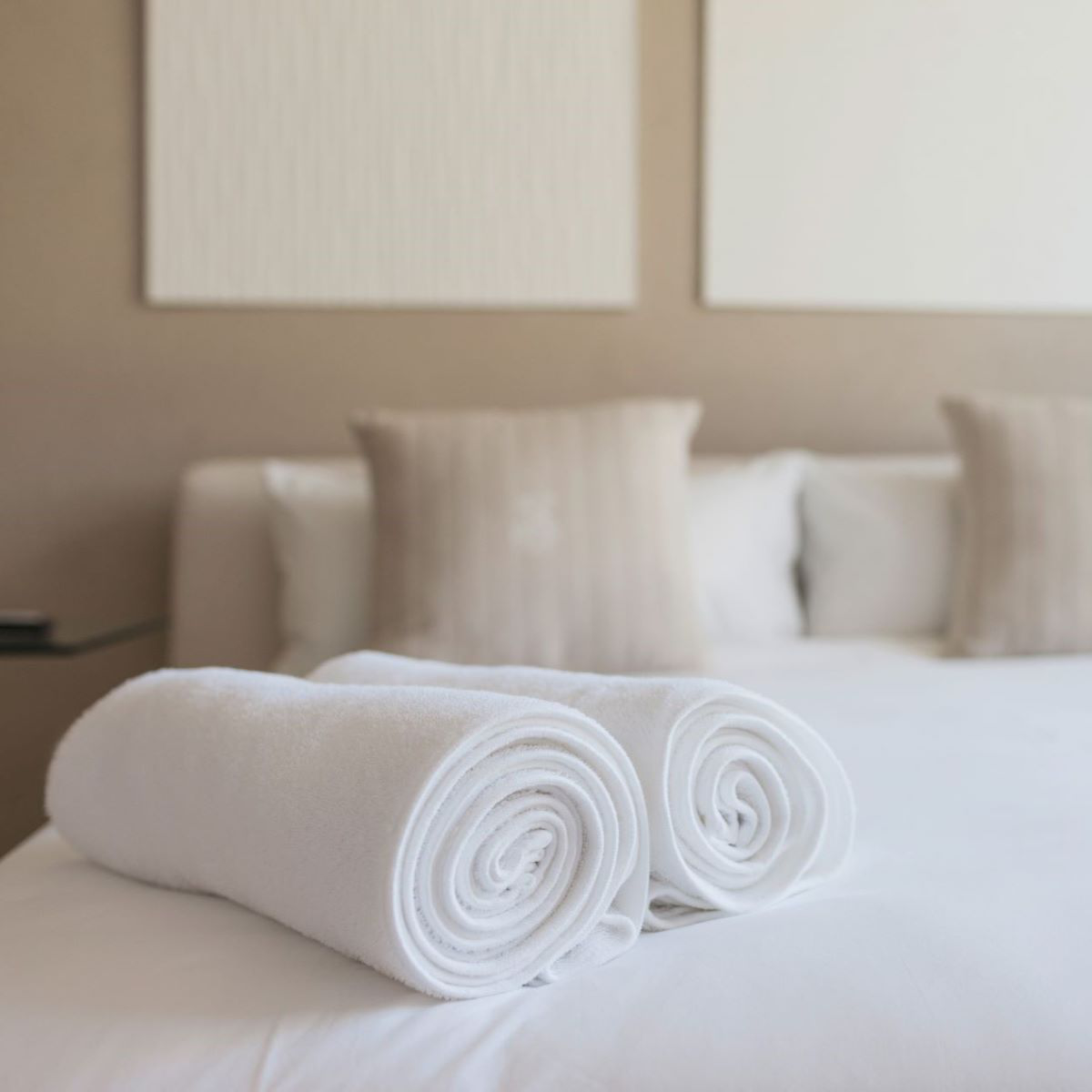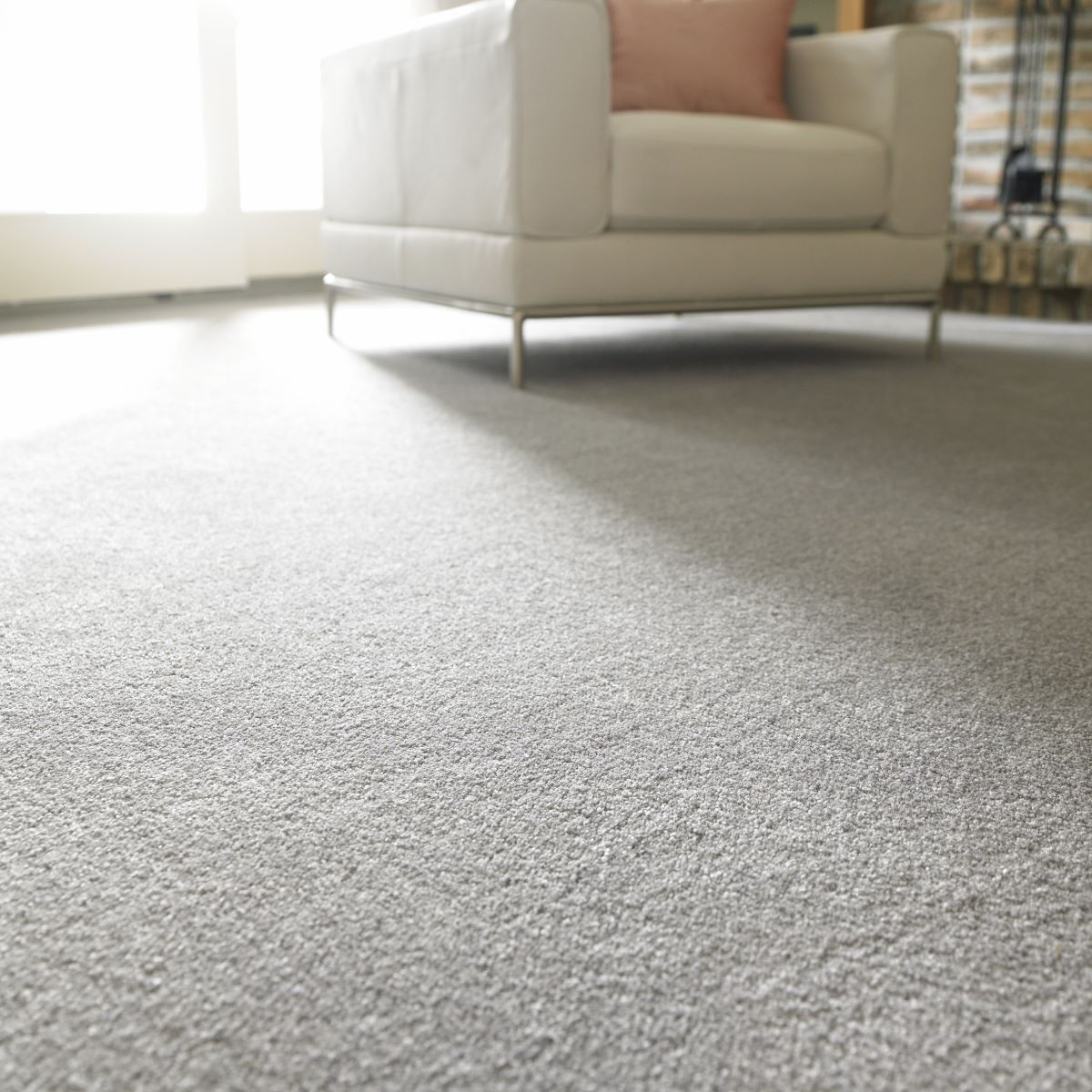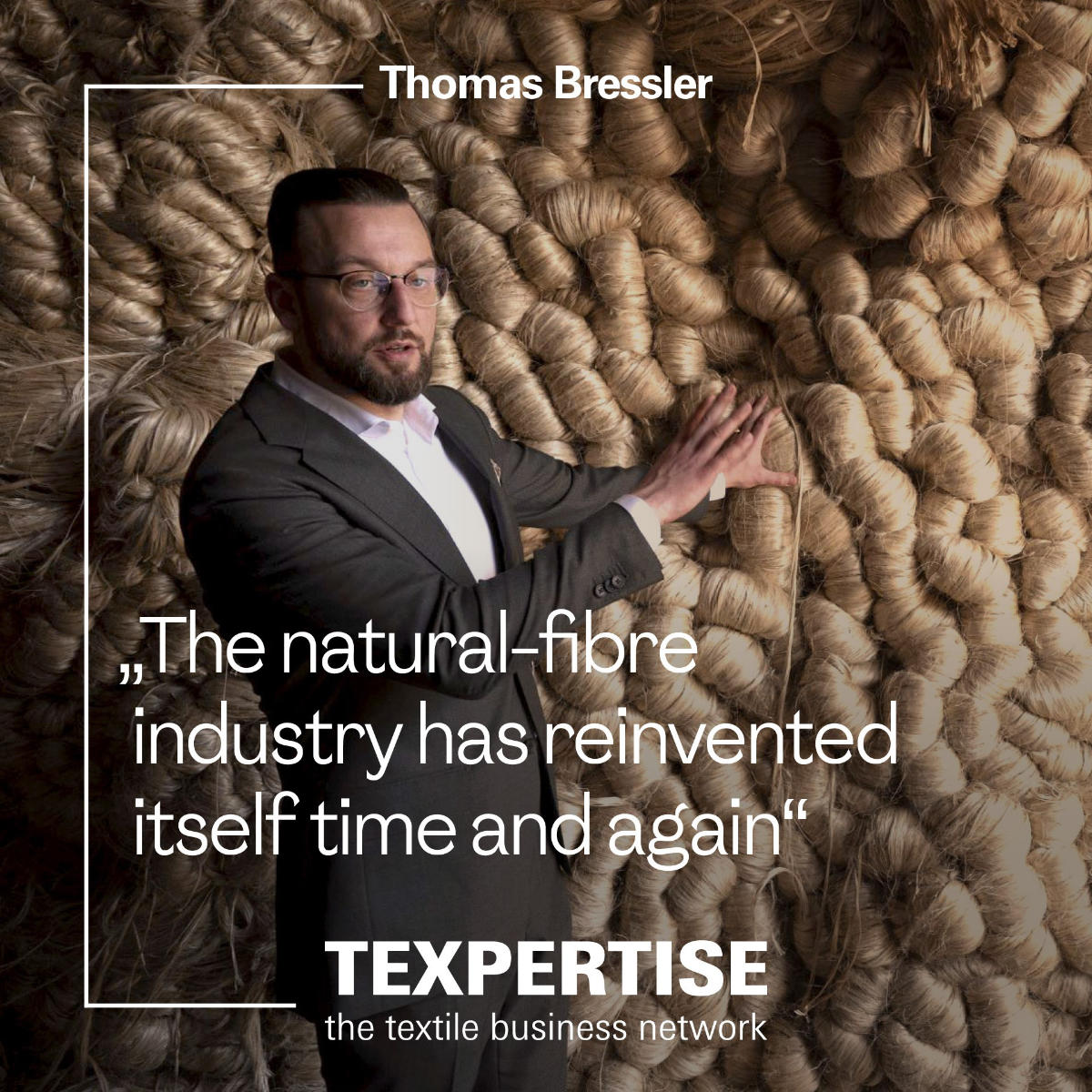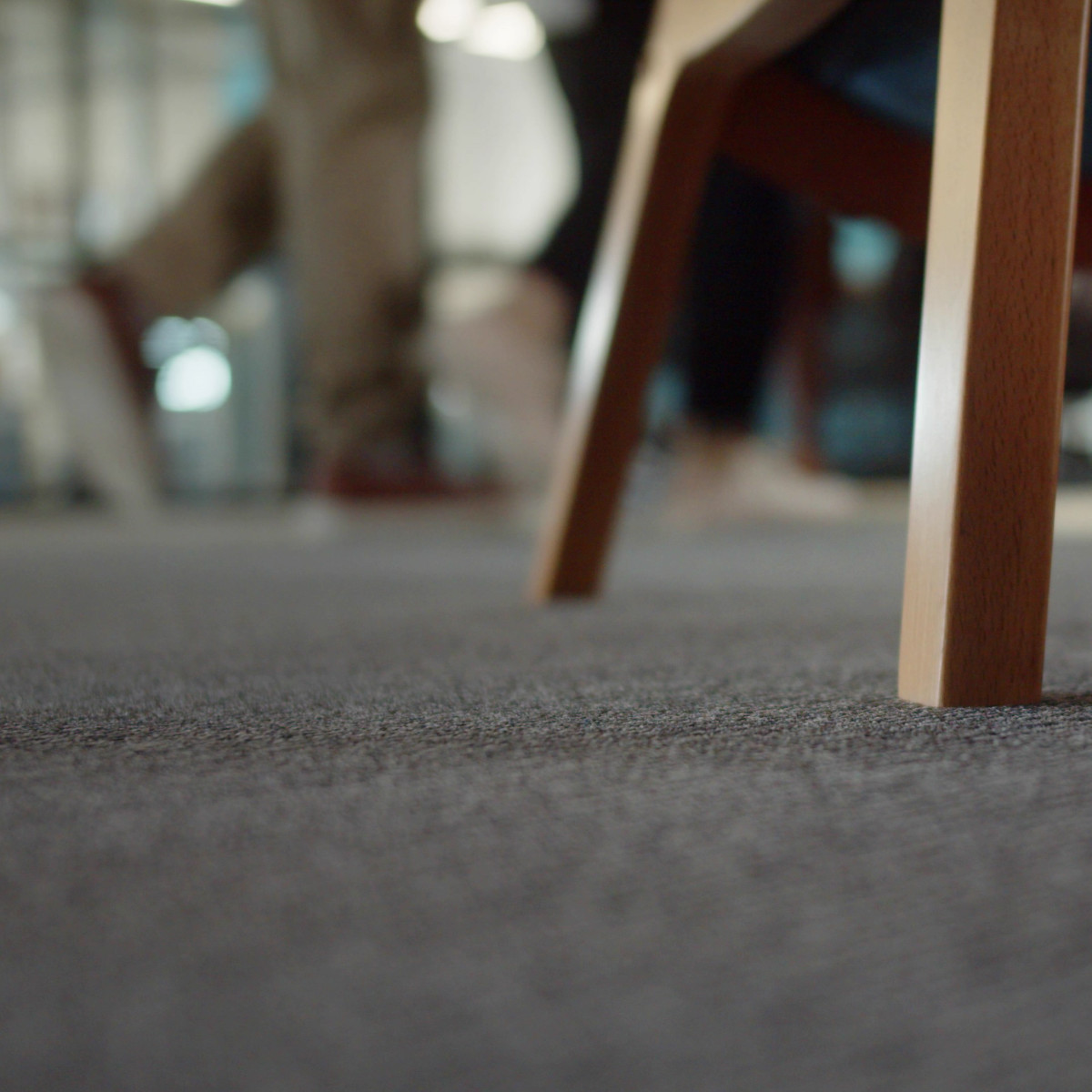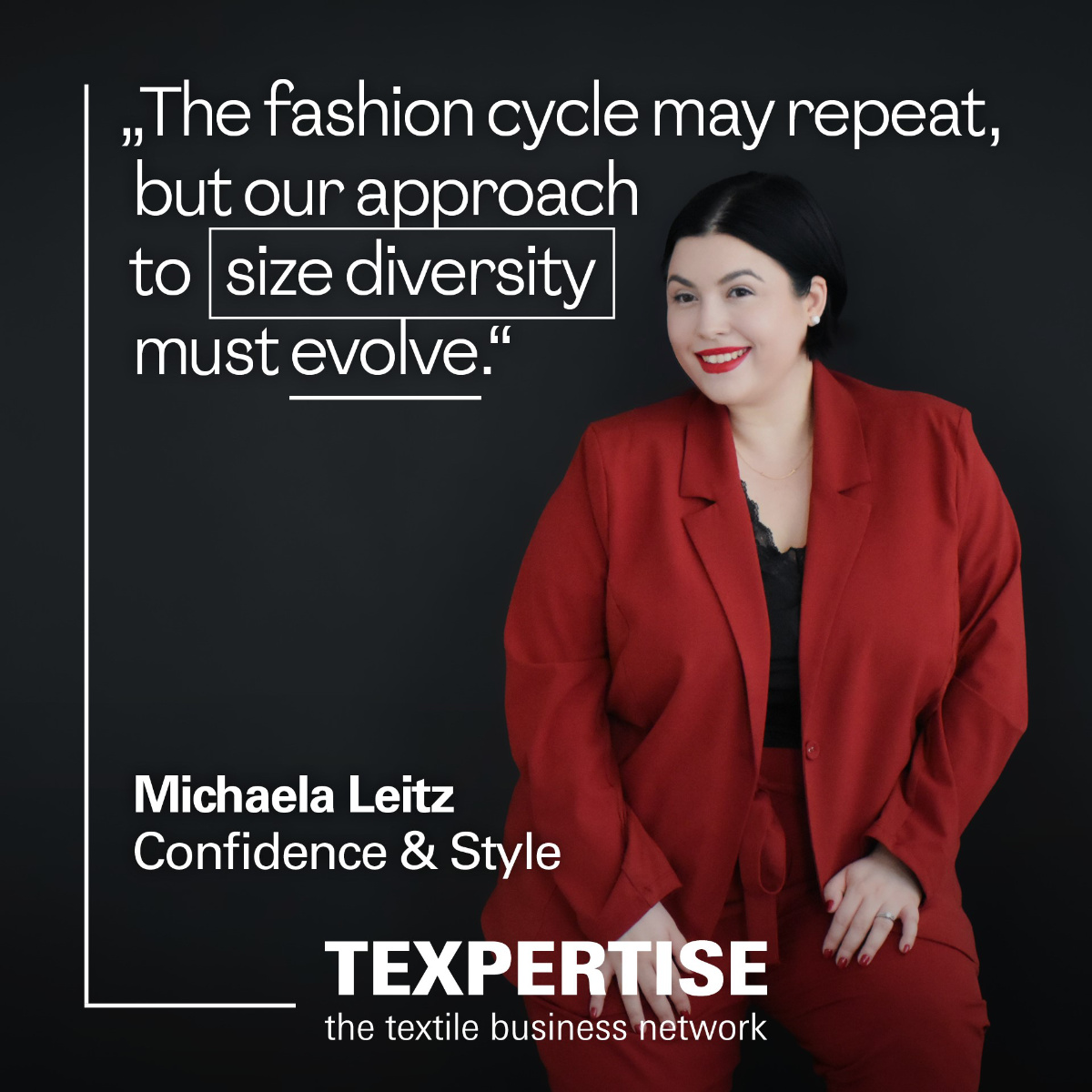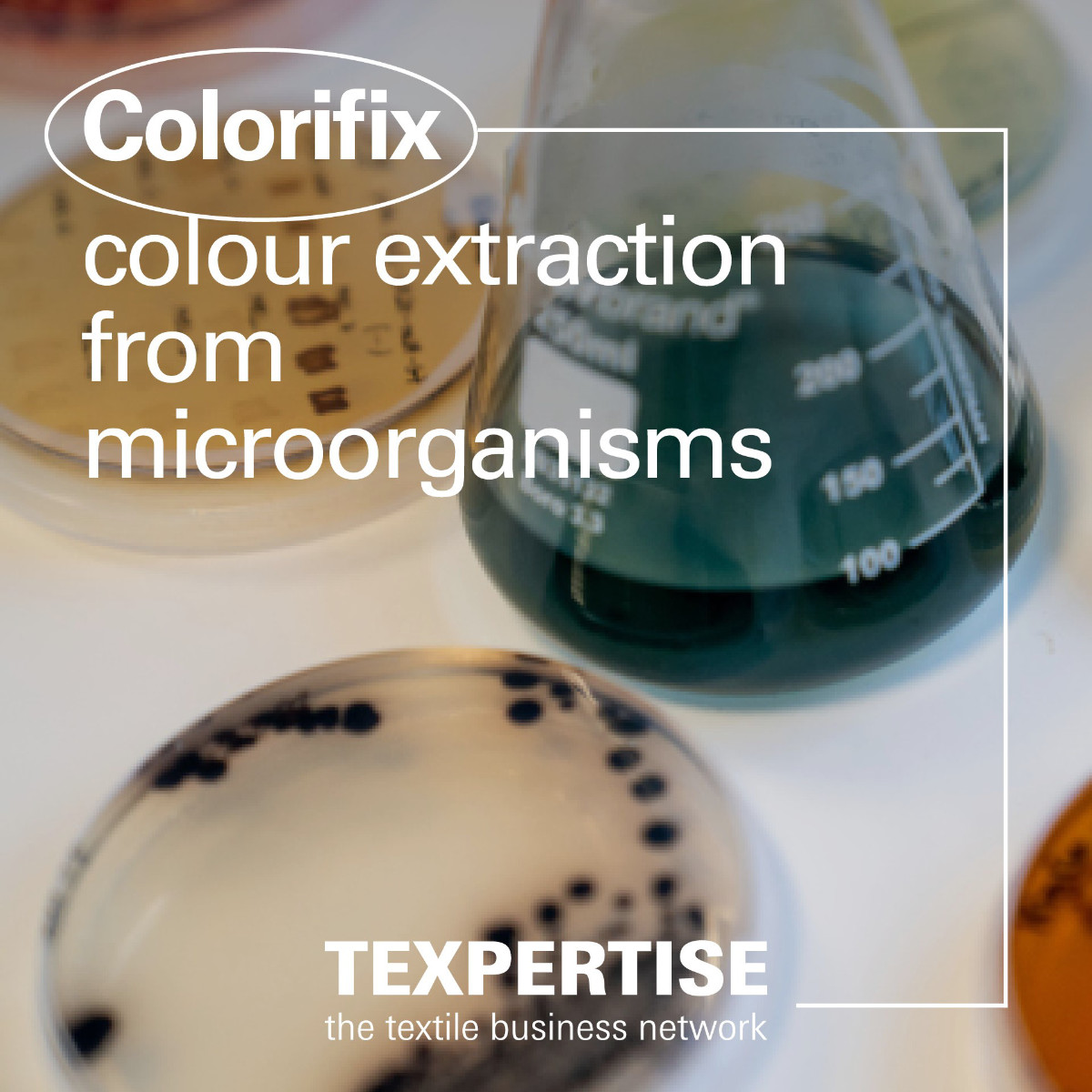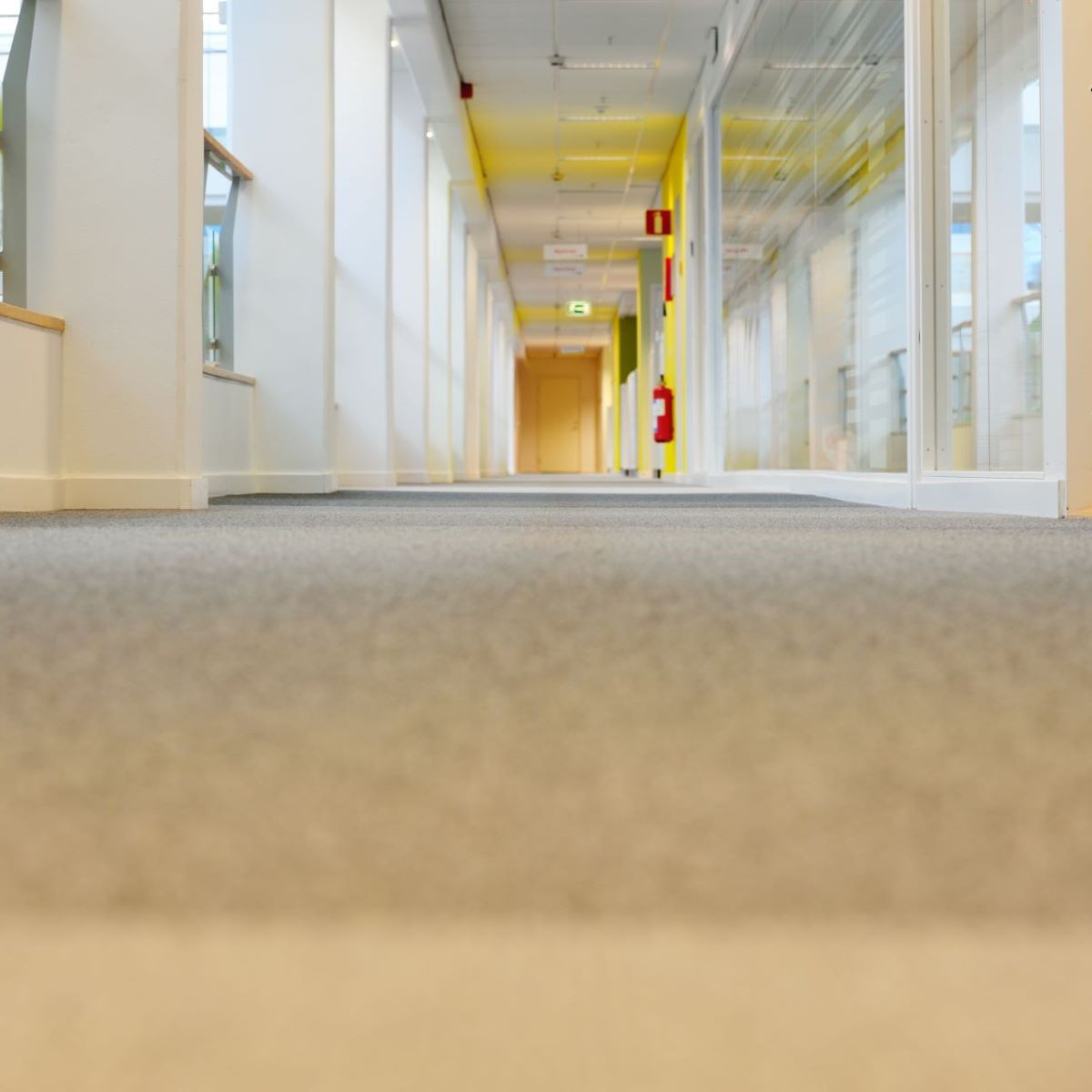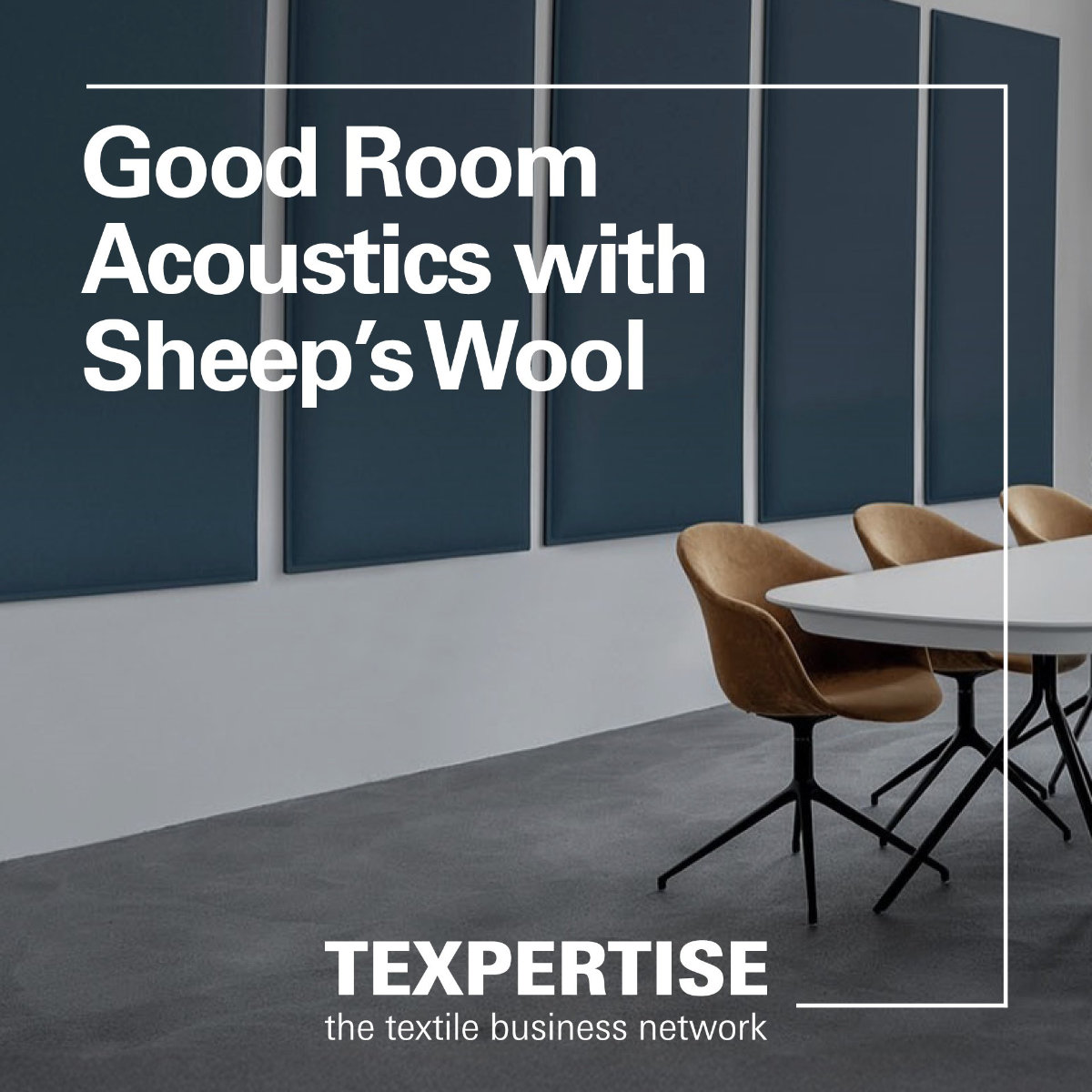Reading time: 2 minutes
Sustainability as a design factor in retail
Sustainability has become a central consideration in retail interiors. In addition to eco-friendly products, more attention is being paid to environmentally responsible materials used in store fittings. Designers and specifiers are now tasked with aligning visual, functional and ecological goals.
Natural and recycled fibres – the material base
Textiles in retail include curtains, upholstery fabrics, carpets and wall coverings. A wide variety of sustainable fibres is now available, falling into three main categories:
- Natural fibres from organic cultivation
- Fibres from circular material streams
- Alternative raw fibre sources
Natural fibres for sustainable retail textiles
Natural fibres offer tactile quality and – in some cases – antimicrobial properties. Key materials include:
- Organic cotton: pesticide-free, durable and skin-friendly – ideal for upholstery and curtains
- Hemp: robust, fast-growing, with low water use – used in soft furnishings and wall décor
- Jute: versatile, low-input fibre – used in carpets, coarse curtain fabrics and packaging
Recycled materials
As circular practices gain traction, more fibres from post-consumer and post-industrial sources are being reused. Wool, hemp and cotton can be mechanically recycled, while chemical processes such as enzymatic depolymerisation are used to recover synthetic fibres like polyester. One prominent example: recycled PET from bottles – widely used for durable textiles in retail interiors.
Alternative fibres: wood and agri-waste
Innovative approaches include:
- Tencel/Lyocell from wood pulp
- Fruit and juice industry waste fibres – a growing area of R&D for material diversity and improved circularity
Certifications and standards to guide selection
Certifications help identify suitable products:
- GOTS (Global Organic Textile Standard): ensures ecological and social compliance across the full supply chain
- OEKO-TEX® Standard 100: confirms absence of harmful substances
- Cradle to Cradle: assesses circularity and regenerative product cycles
Conclusion: sustainable materials shape brand perception
Sustainable textiles support both environmental goals and brand storytelling. Whether used in furniture, decoration or spatial zoning, they help convey credibility and ecological values. A balanced mix of organic fibres, recycled content and new material innovations enables future-proof retail design.
FAQ – Frequently asked questions
What makes a textile suitable for retail environments?
It depends on the application. Curtains should be opaque, while upholstery must withstand frequent use and cleaning. Key criteria include durability, care requirements and visual consistency.
How do sustainable textiles affect the shopping experience?
Eco-conscious materials contribute to a store’s visual identity and signal environmental responsibility. Customers increasingly notice and appreciate sustainable design choices.
What are cost-effective sustainable fabric options for shops?
Options include recycled polyester, as well as durable natural fibres like jute or hemp that are free from softeners. Overall cost-efficiency depends on use case, durability and ease of processing.

